Common Quail
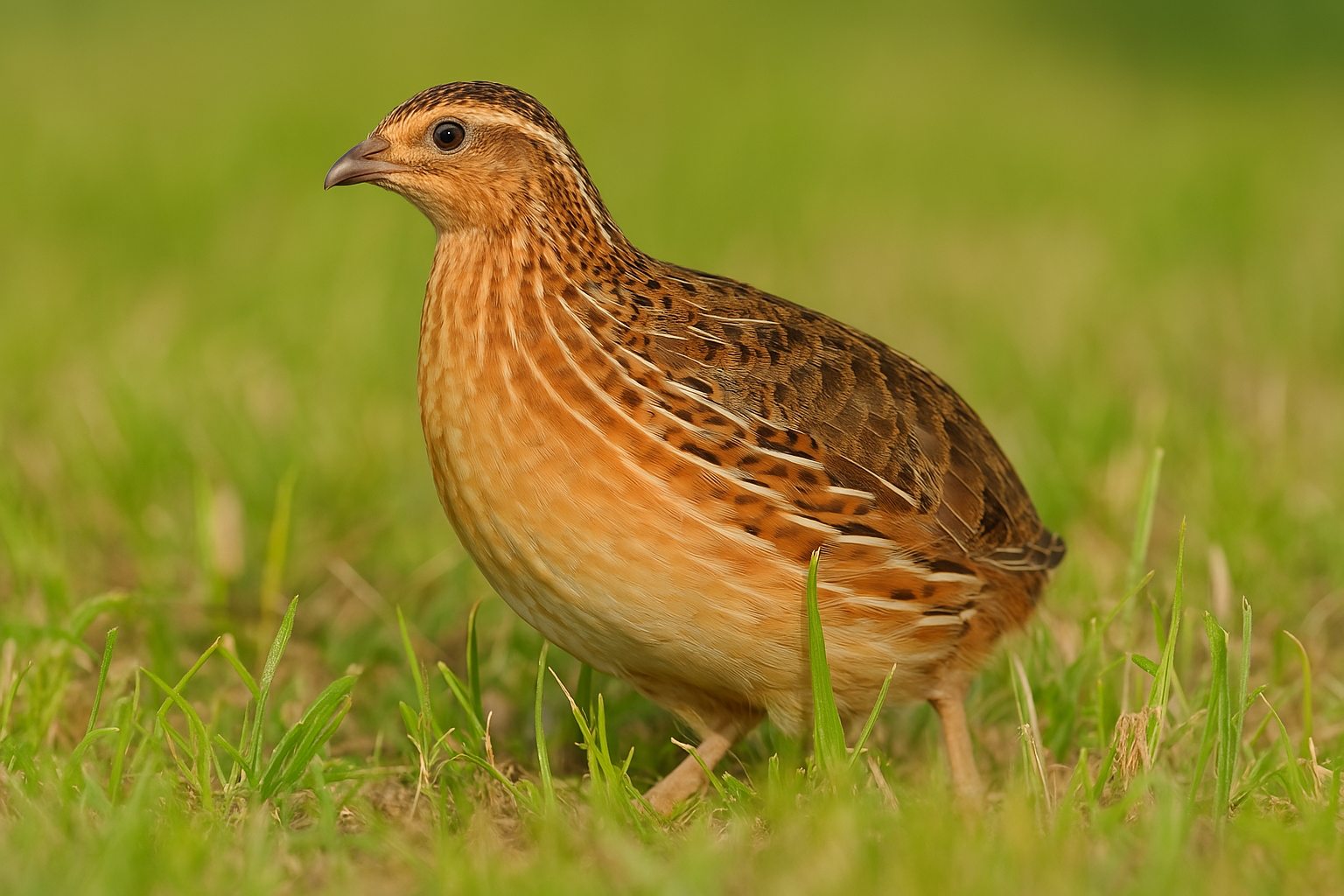
Lifespan
2-5 years
Height
10-15 cm
Length
16-18 cm
Quail Ratio
1 Male to 3-5 Females
The common quail, scientifically known as Coturnix coturnix, is a small, ground-dwelling bird that has become a popular pet among bird enthusiasts. Originating from Europe, Asia, and Africa, these birds are known for their hardy nature and ease of care, making them suitable for both novice and experienced bird keepers.
Common Quail Call (Male Call)
Physical Characteristics
How many females to a male
Common quail do best with 1 male to 3–5 females because it reduces aggression and prevents the male from over-mating individual hens, which can lead to stress and injuries. This ratio also ensures high fertility while promoting a more peaceful environment, as too many males in a group often leads to fighting and disrupted breeding. A larger number of females helps balance mating behavior and improves overall flock welfare.
Size
Common quails are small birds, typically measuring about 16-18 cm (6.3-7.1 inches) in length and weighing around 70-140 grams (2.5-5 ounces). When standing, is generally around 10-15 cm (4-6 inches).
Appearance
They have a distinctive plumage with a mix of brown, gray, and white feathers, providing excellent camouflage in their natural habitat.
Lifespan
common quails have a lifespan of about 2 to 5 years. With proper care, including a suitable diet, clean living conditions, and protection from predators and diseases.
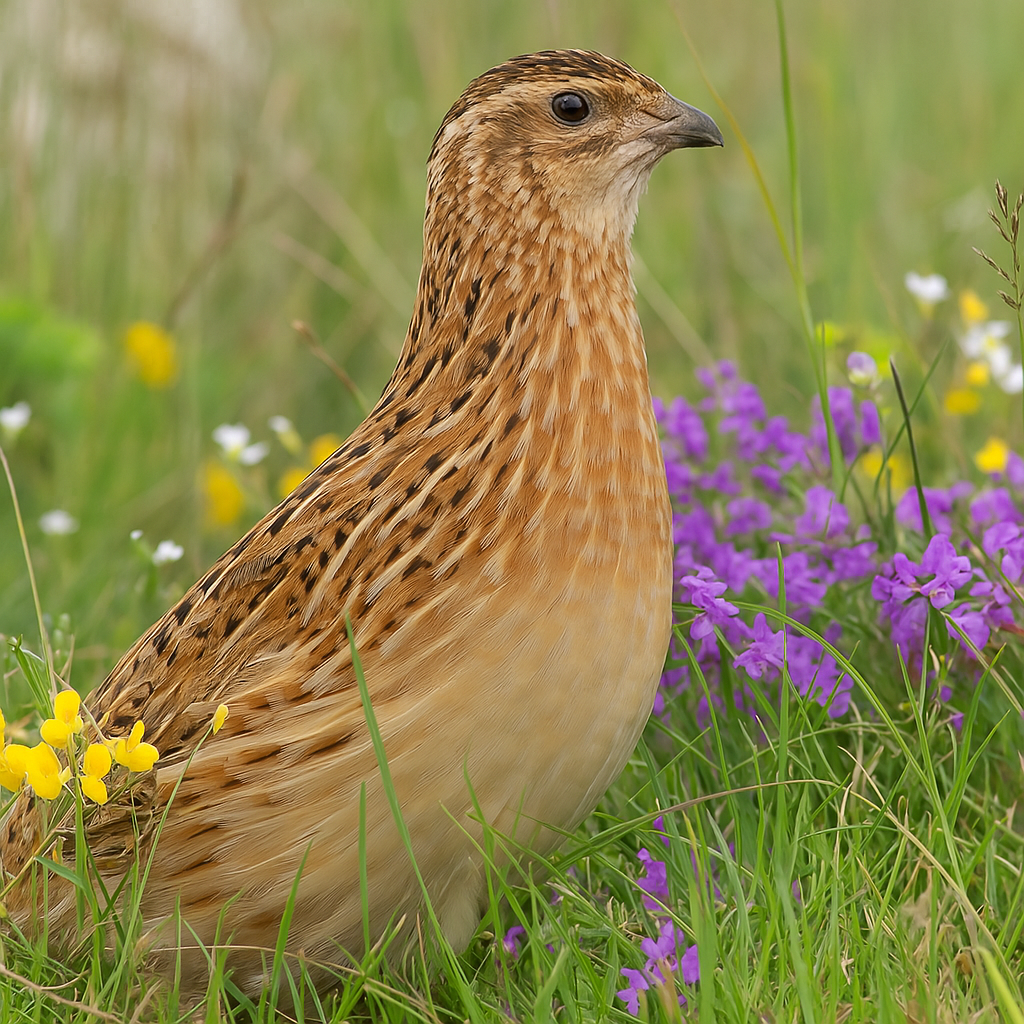
Habitat
Size of habitat
A cage or aviary with ample floor space is ideal. The minimum recommended size for a pair of quails is 1 square meter (about 10 square feet).
Substrate
Use soft bedding material such as straw, hay, or wood shavings to provide comfort and facilitate natural behaviors like scratching and dust bathing.
Shelter
Provide hiding spots and shelters to make the quails feel secure. This can include small boxes, plants, or other structures that mimic their natural environment.
Dust Bathing
Provide a container of sand or fine dust for dust bathing, which helps keep their feathers clean and free of parasites.
Protection
Ensure the enclosure is predator-proof and protected from extreme weather conditions.
Diet
Food
High-quality commercial quail feed provides essential nutrients and is convenient to use. Supplement their diet with seeds and grains such as millet, corn, and wheat. Offer fresh vegetables and greens like lettuce, spinach, and herbs.
Protein
Occasionally provide protein-rich foods such as mealworms, insects, or boiled eggs to meet their protein needs.
Water
Fresh, clean water should be available at all times
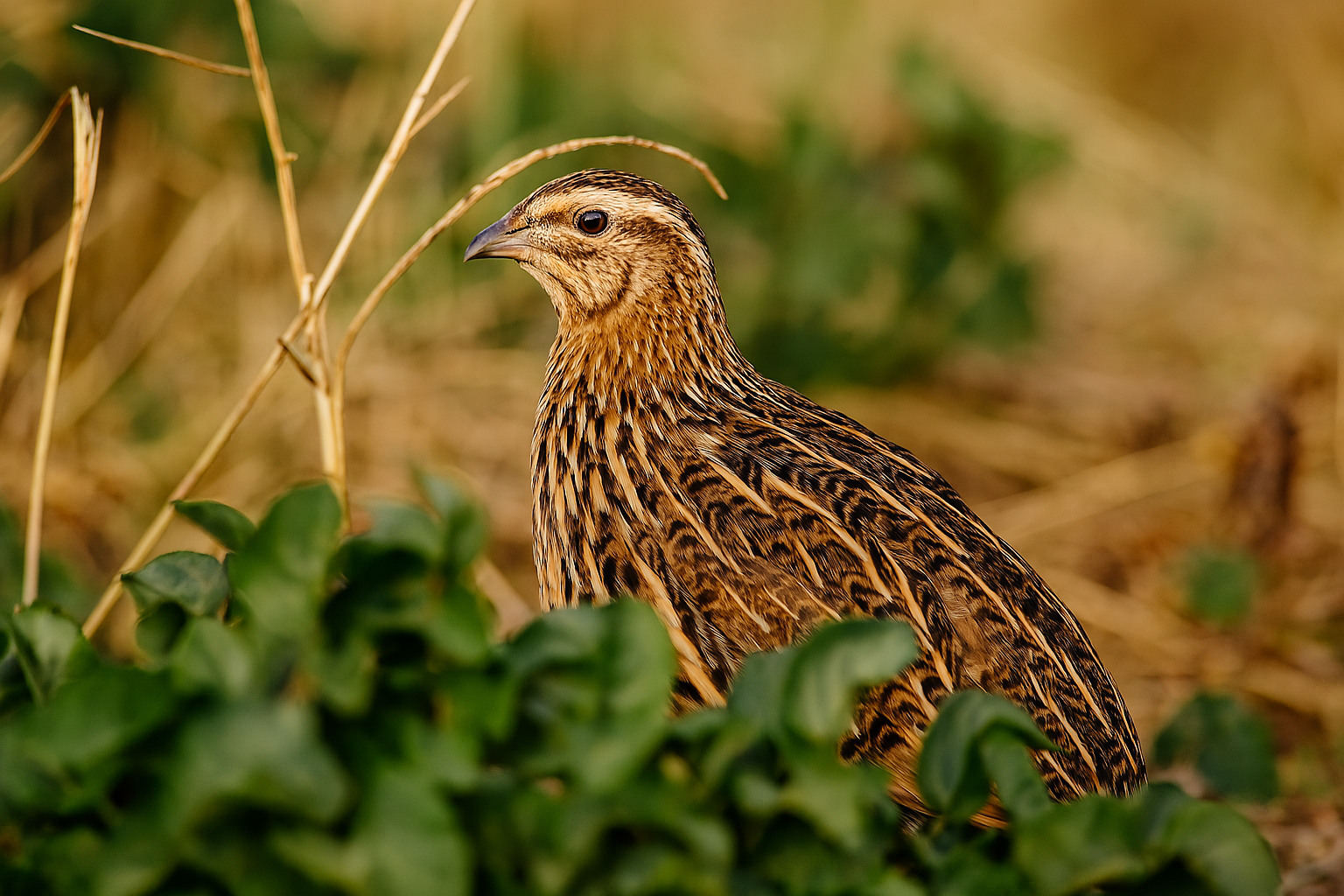
Social Behavior
Common quails are social birds that thrive in the company of others. They can be kept in pairs or small groups, but it's important to monitor their behavior to prevent aggression, especially during the breeding season.
Activity
They are ground dwellers and enjoy scratching and foraging. Enrichment activities like scattering food on the ground can keep them engaged.
Handling
Handling common quails requires gentleness and care. Approach them slowly and avoid sudden movements. Regular, short handling sessions from a young age can help them become accustomed to human interaction.
Health
Clean Environment
Regularly clean the enclosure, food, and water containers to prevent bacterial growth and infections.
Health Monitoring
Watch for signs of illness such as lethargy, changes in eating habits, or abnormal droppings. Consult an avian veterinarian if needed.
History
The common quail (Coturnix coturnix) has a rich history as both a wild and domesticated bird. Native to Europe, Asia, and Africa, these small ground-dwelling birds have been hunted for their meat and eggs for centuries. In ancient Egypt, quails were depicted in hieroglyphics, indicating their significance.
Over time, they were domesticated for their prolific egg-laying abilities and adaptability to captivity, making them popular in various cultures around the world.
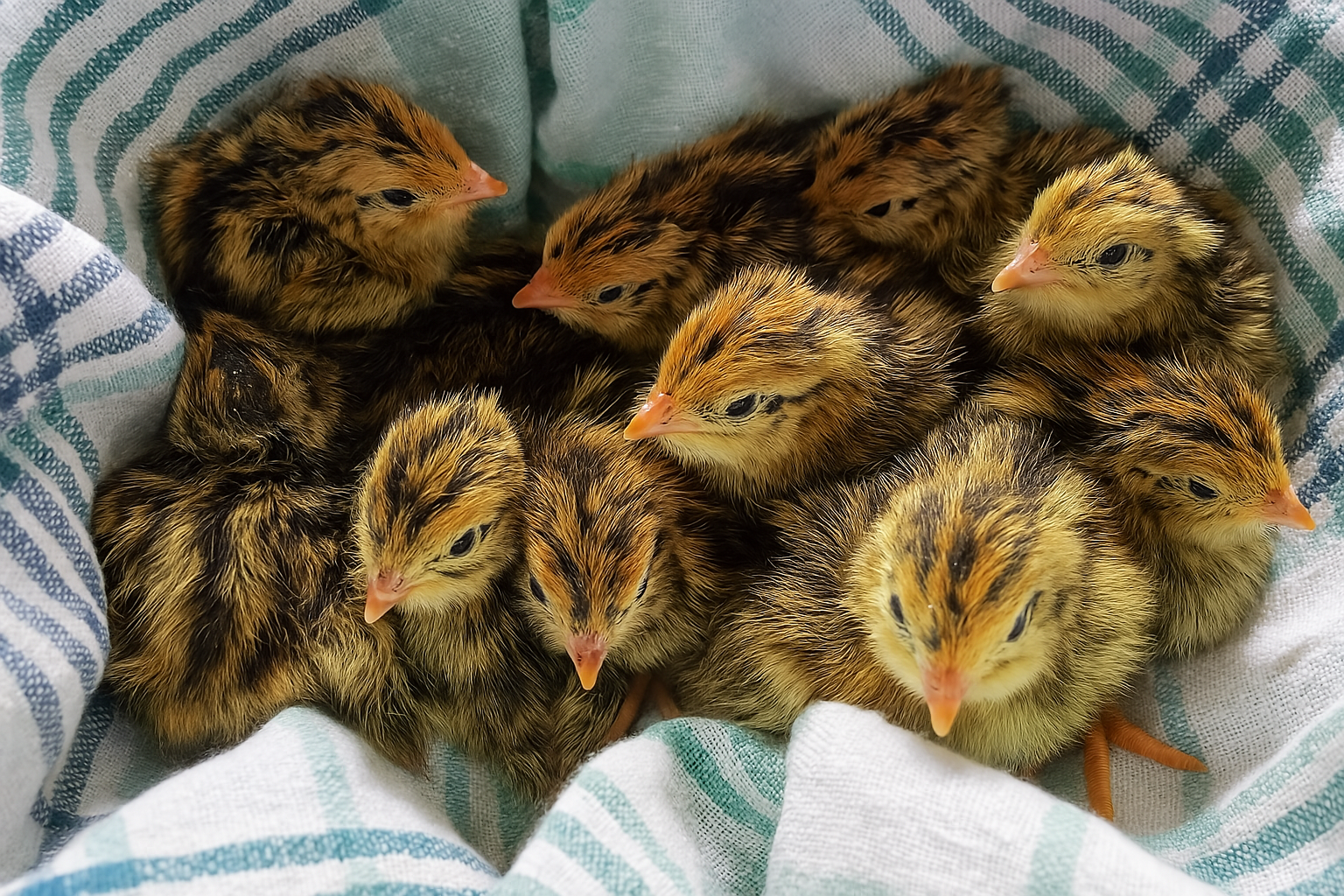
Breeding
Breeding Season
The breeding season for common quails typically occurs from late spring to early summer. During this time, male quails become more vocal and display courtship behaviors to attract females. Quails typically start laying eggs at around 6-8 weeks of age. They can lay an egg almost daily under optimal conditions.
Nesting
Females will lay eggs in simple ground nests, with a clutch size ranging from 6 to 12 eggs. The eggs hatch after an incubation period of about 17-20 days. Provide nesting materials such as straw or grass in a quiet and sheltered area of the enclosure.
Quail Chick Care
Brooder Setup
Temperature: Provide a heat lamp or ceramic heat emitter to keep the brooder warm. The temperature should be kept at about 95°F (35°C) for the first week, then gradually reduced by 5°F (3°C) each week until the chicks are fully feathered and can regulate their own temperature.
Feeding
Provide a high-protein game bird starter feed with at least 24-28% protein. This feed is crucial for the rapid growth and development of the chicks.
Feeder and Waterer
Use shallow feeders and waterers to prevent chicks from drowning. Marbles or pebbles can be placed in water dishes to keep chicks safe.
Outdoor Transition
Chicks should be fully feathered before transitioning outdoors, usually around 6-8 weeks of age. This ensures they can regulate their body temperature and are better protected against the elements.
Joining the adults
Integration with Adults
Chicks should be at least 6-8 weeks old before joining the adults. They should be fully feathered and able to regulate their body temperature.
Observe Behavior
Watch for signs of aggression or bullying from the adults. If the chicks are significantly smaller or weaker, they may need more time before integration.
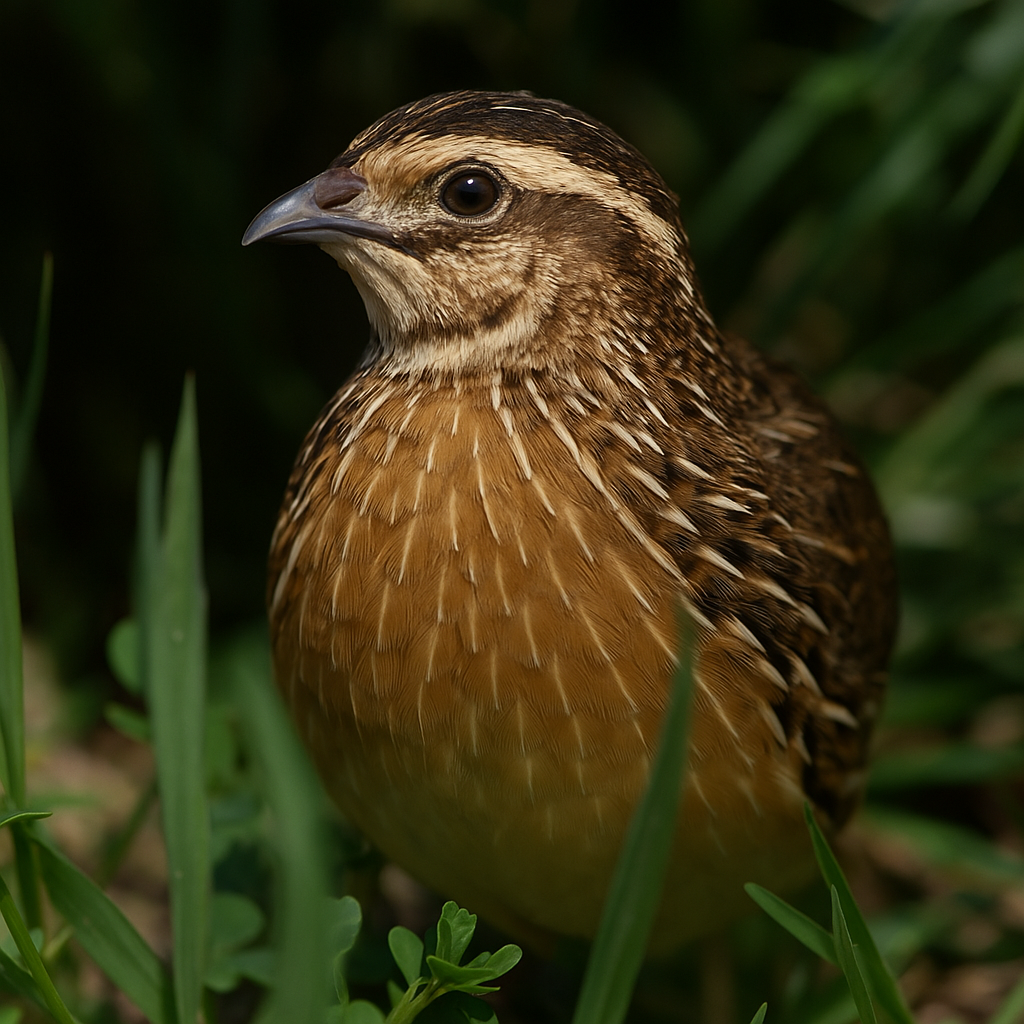
Fun Fact
A fun fact about the common quail is that they are capable of making impressive long-distance migrations. Some populations of common quails travel thousands of kilometers between their breeding grounds in Europe and their wintering grounds in Africa, despite their small size and seemingly delicate nature.
In this article
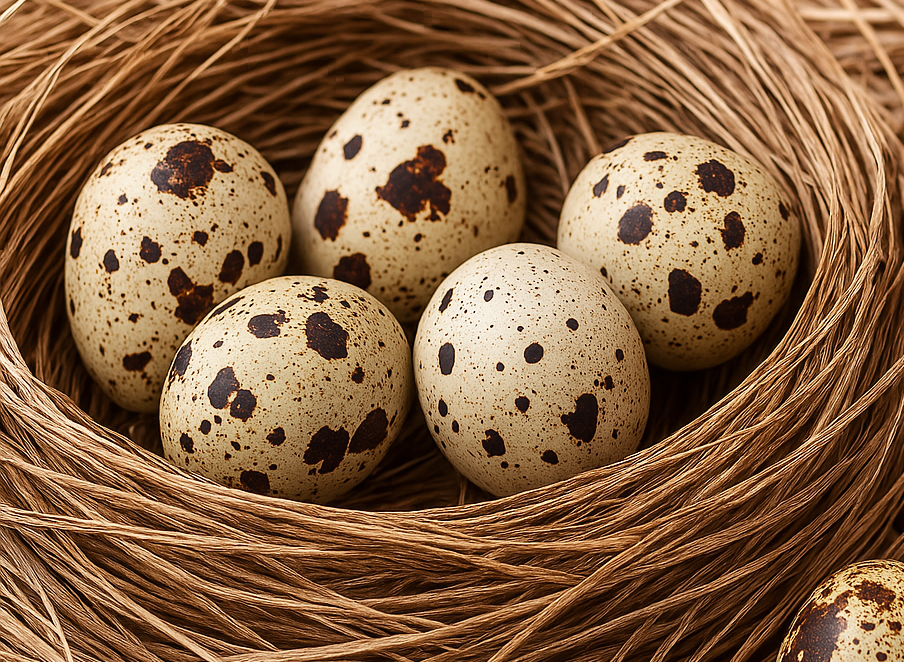
Eggs
Common quail eggs are small, typically weighing around 9-12 grams. They have a smooth, oval shape and are characterized by their speckled brown or tan shells, which vary in intensity from light to dark. The speckling gives them a unique, natural appearance, making them popular for culinary uses and decorative purposes.
Legal Considerations
Check local laws and regulations regarding the keeping of quail. Some areas may have specific requirements or restrictions.
Permits
In some regions, permits may be required to keep or breed quail.
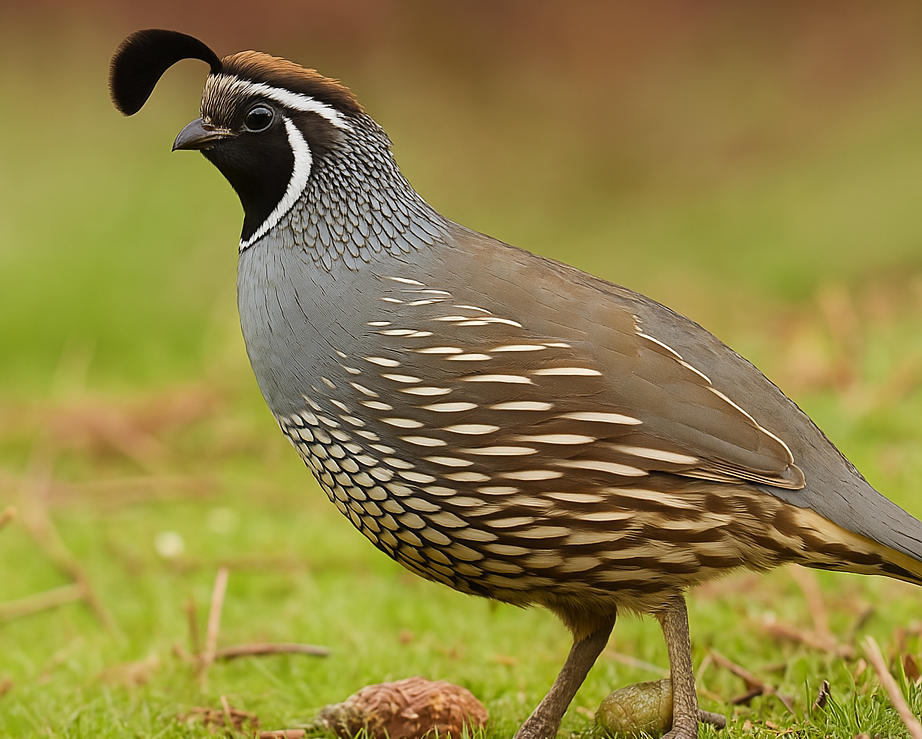
California Quail
The California Quail (Callipepla californica) is a charming and distinctive bird known for its plump body, beautiful plumage, and characteristic head plume, often referred to as a "topknot." These birds are native to the western United States but can be kept as pets with proper care and attention. Here's a comprehensive look at keeping California Quail as pets
Read more
Jumbo Celadon Quail
Jumbo Celadon Quail, also known as Coturnix quail, are a popular breed among poultry enthusiasts due to their distinctive blue or light green eggs, larger size, and efficient egg production. They are a selectively bred variety of the standard Coturnix quail, known for their increased body weight and unique egg coloration.
Read more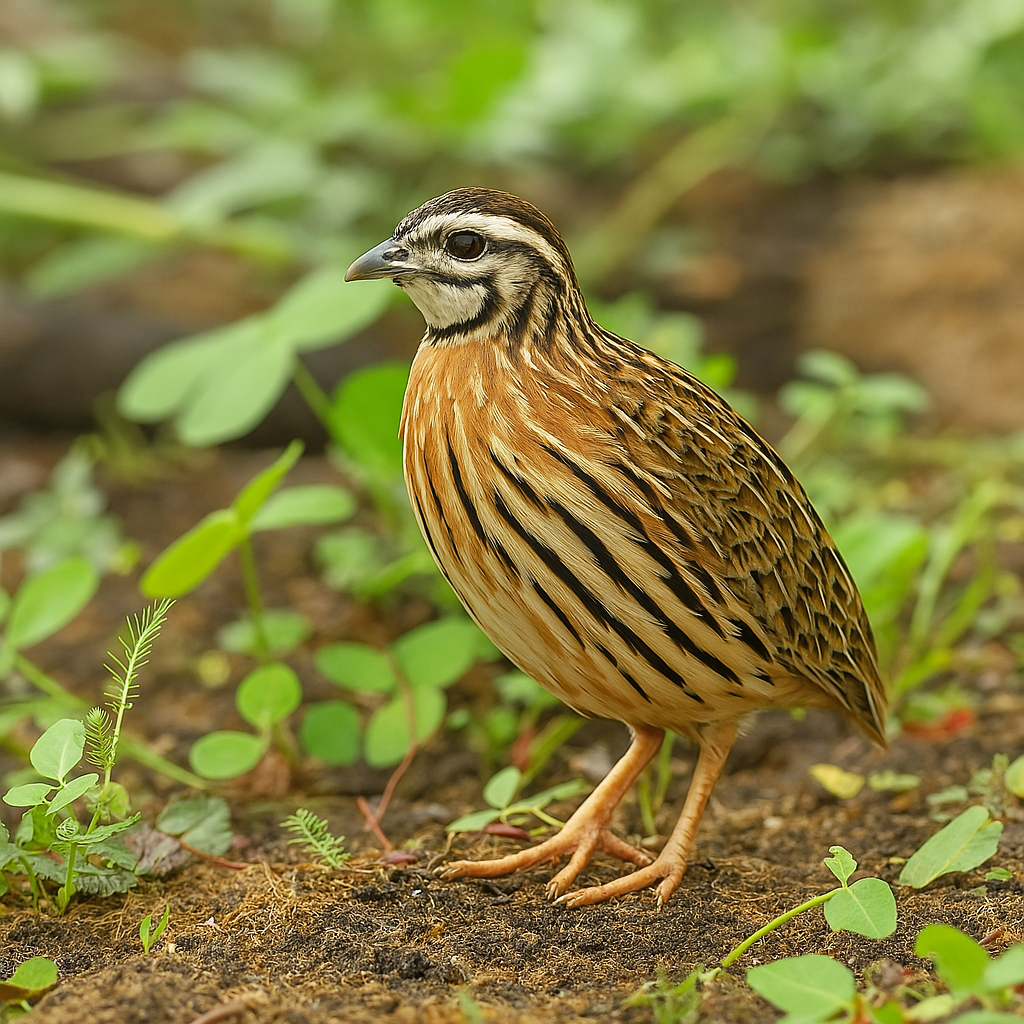
Rain Quail
Keeping Rain Quail (Coturnix coromandelica) as pets can be a rewarding experience for bird enthusiasts, although they require specific care to thrive in captivity. Here’s what you need to know about keeping Rain Quail as pets:
Read more
Bobwhite Quail
The Bobwhite Quail, also known as the Northern Bobwhite or Virginia Quail (Colinus virginianus), known for their distinctive call and charming appearance, can make unique and interesting pets. Bobwhite quail Have long been popular in North America. They require specific care and habitat conditions to thrive in a domestic setting.
Read more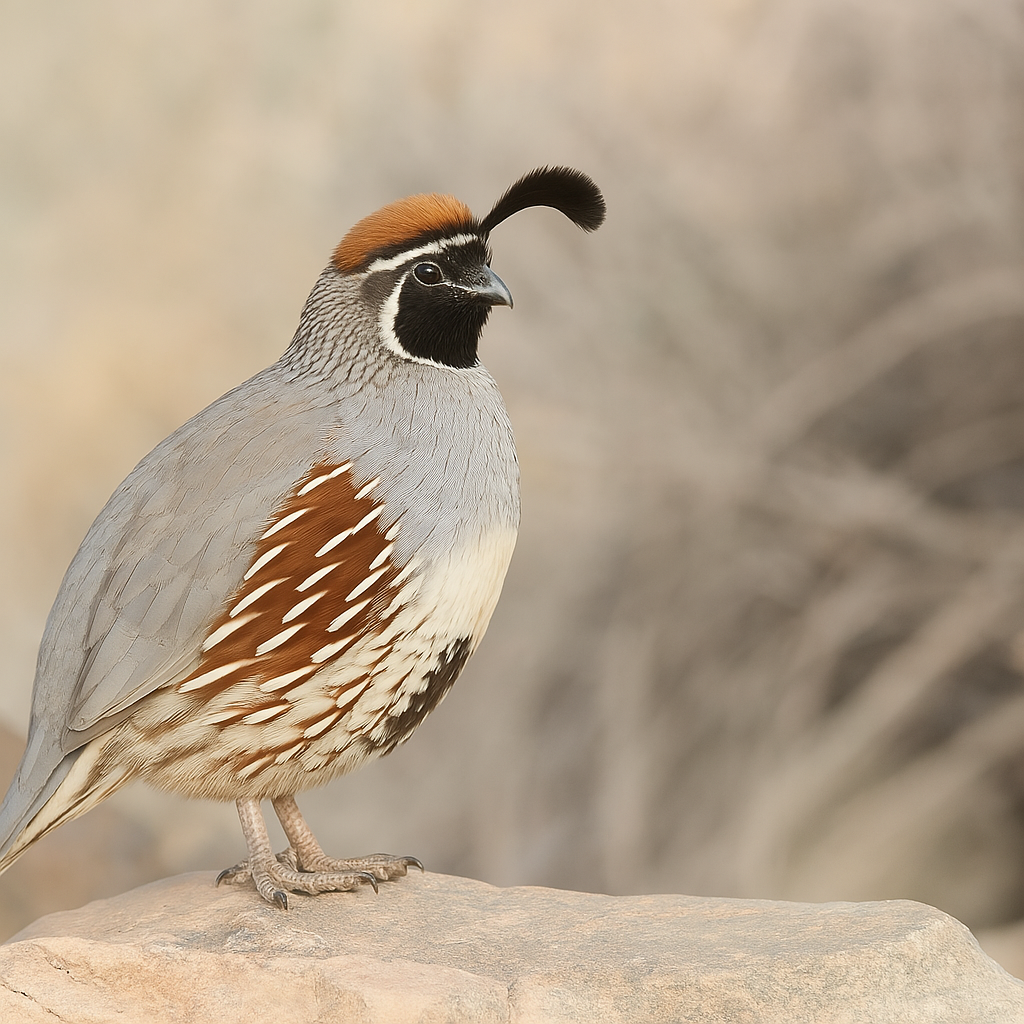
Gambel's Quail
Gambel's Quail (Callipepla gambelii) are popular birds for aviculture due to their attractive appearance, distinctive calls, and relatively calm demeanor. While primarily known as wild birds, Gambel's Quail can be kept as pets under the right conditions, although they have specific care requirements.
Read more
Texas Blue Scaled Quail
The Texas Blue Scaled Quail is a colorful variant of the Scaled Quail, known for its bright blue-gray plumage and scaled feathers. Native to Texas and arid regions, it prefers grasslands and deserts. These ground-dwelling birds are agile runners and live in social coveys. Their diet consists of seeds, insects, and vegetation.
Read more